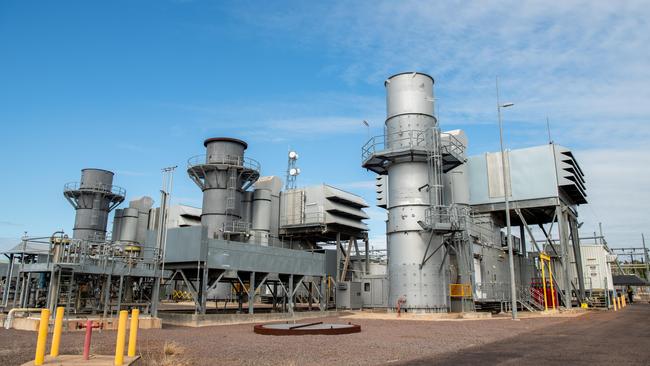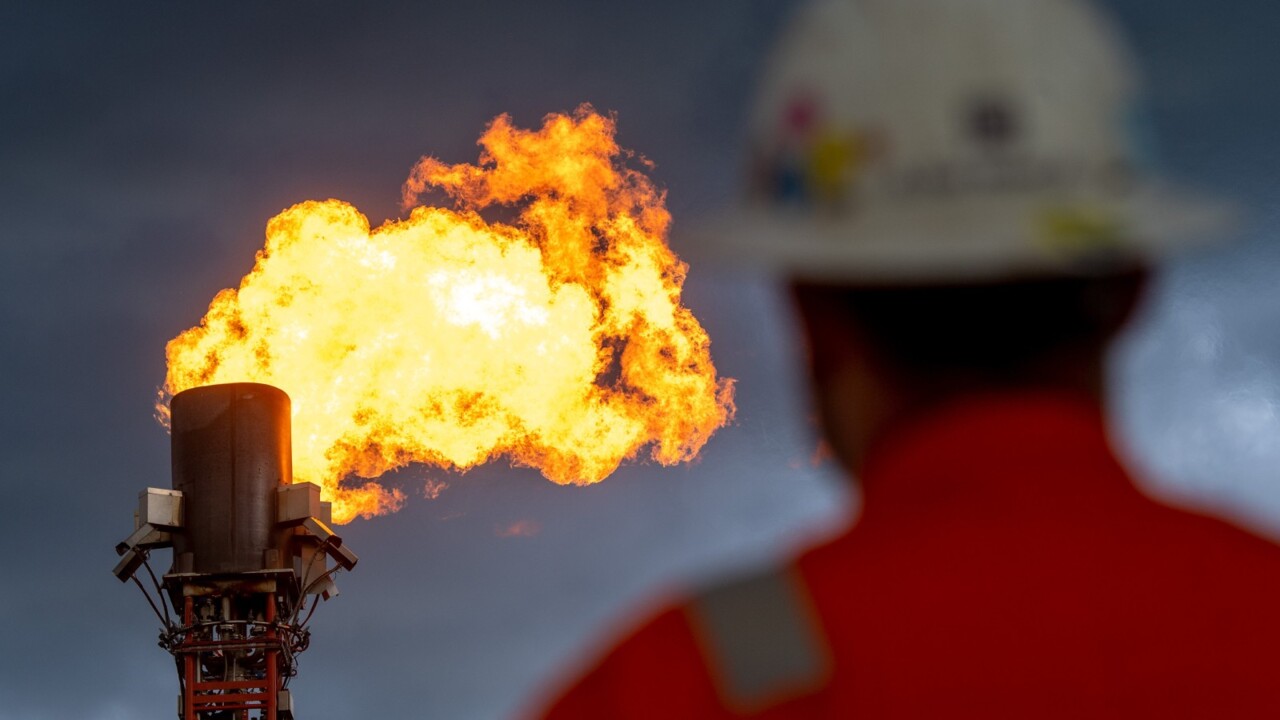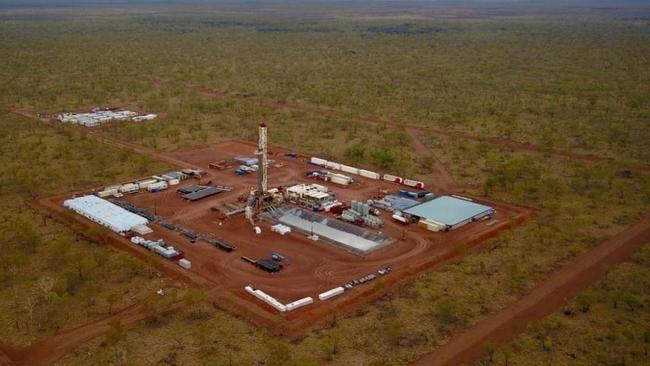Gas supply critical to a future low-cost energy nation

Australia’s energy priorities are clear and make sense. We need to accelerate the removal of coal, accelerate the introduction of renewables, and support these renewables with electricity transmission, energy storage and gas.
The often difficult conversation to have is about the critical role of gas. In a world of gas shortages, Australia’s industry can’t operate, consumers don’t have gas for heating or cooking, and we’ll see shortfalls in electricity supply.
It’s not the gas industry telling us this; it’s our federal and state governments and our independent energy market operators. The federal government’s Future Gas Strategy made it crystal clear that new sources of gas supply are needed.
The need for more domestic gas supply was also reinforced by the Australian Energy Market Operator’s recent 2024 Gas Statement of Opportunities.

AEMO showed Australia’s gas supply outlook has deteriorated further, highlighting risks of future gas shortfalls. And it again reinforced that if Australia wants a smooth transition to net zero, more gas supply is essential.
AEMO states that we need to bring to life new developments in places such as the Beetaloo in the Northern Territory and the Surat in Queensland to plug emerging supply gaps.
Despite these warnings, there are still barriers in front of us: things such as excluding gas generation from the capacity investment scheme, onerous project approval timelines for new gas projects and potential regulatory impositions on gas infrastructure.
Each of these will only keep coal in the energy mix for longer and increase prices for Australian consumers and industry.
Regulatory and policy impositions are running the very real risk that our governments will achieve an energy market outcome that is the exact opposite of their ambition. That is, an energy market that’s less reliable, less affordable and higher emissions. Put another way: cold showers, higher energy bills and coal generating our electricity for longer.
With southern gas basins rapidly diminishing, we’re seeing a generational shift.
Southern demand centres are increasingly being serviced from northern gas basins, with gas being transported from north to south along the east-coast pipeline grid.
This trend is expected to continue without a renewed effort to unlock new gas basins in southern Australia.
From winter 2022 to this winter, APA increased the capacity of its east-coast grid by 25 per cent. The $700m investment by APA Group to achieve this was made ahead of demand to enable our customers to transport gas where and when it’s most needed.

This winter, with gas production declining in Victoria and increasing periods of renewable drought, our expansions were critical to Australia’s energy security.
In July, we transported an additional 100 terajoules of gas from northern supply hubs to southern demand centres. Without this capacity, gas supply into Victoria would have been at severe risk this winter.
Without immediate further investment in the east-coast grid, including our South West Queensland Pipeline, Australia is unlikely to have the future capacity to meet demand.
AEMO’s forecast gas demand from the SWQP shows it running at capacity for most of winter 2027.
While APA had been working to continue this expansion, earlier this year we were advised that the Australian Energy Regulator was starting a review of the form of regulation to apply to the SWQP.
Given the uncertainty of this review, we made the uncomfortable decision to pause the next stage of expansion. Further investment is urgently needed, and regulatory and policy certainty is critical to ensure ongoing low cost, lower emissions and reliable gas supply for the east coast, and ultimately to avoid gas shortages.
That means, until new gas resources are brought to market, Australia will likely need to source gas from offshore.
This might sound like an easy fix, but it’s not. The market implications of relying on imported LNG will be profound. Australia will no longer be in control of its energy future. We will be beholden to other nations and international gas markets. Reliability and security of supply will be diminished. And emissions will be higher.
A recent study by the British North Sea Transition Authority compared the emissions intensity of imported LNG against UK domestic gas. It found imported LNG was four times more emissions intensive.

More importantly, LNG imports will likely lead to significantly higher prices for our businesses and consumers. Recent research by Frontier Economics suggests gas prices could double for Australia’s east-coast industrial customers if LNG imports were to set the domestic price throughout the year.
Australia’s industries, most of which are dependent on gas, simply can’t absorb the higher costs that will result from LNG imports. Think of our steel manufacturers that supply materials to build our homes. Think fertiliser manufacturers that underpin agriculture. Think laundries that support our hospitals. Think restaurants. Retail consumers will inevitably bear the brunt of higher gas costs.
The federal government’s gas price-cap intervention two years ago was in part introduced because LNG exports were setting the price of domestic gas. That is, international LNG prices, which are beholden to global issues, were setting the floor price for Australia’s domestic gas.
The irony is that the wrong regulatory and policy approach could lead Australia back to where it started – with LNG imports setting the floor price domestically.
The fact remains, unlocking domestic gas supply with the right policy and regulatory frameworks will be essential if we are to deliver a low-cost and sustainable energy system.
Adam Watson is chief executive and managing director of APA Group.






Without new gas supply, Australia’s energy security and renewable energy targets are at risk.